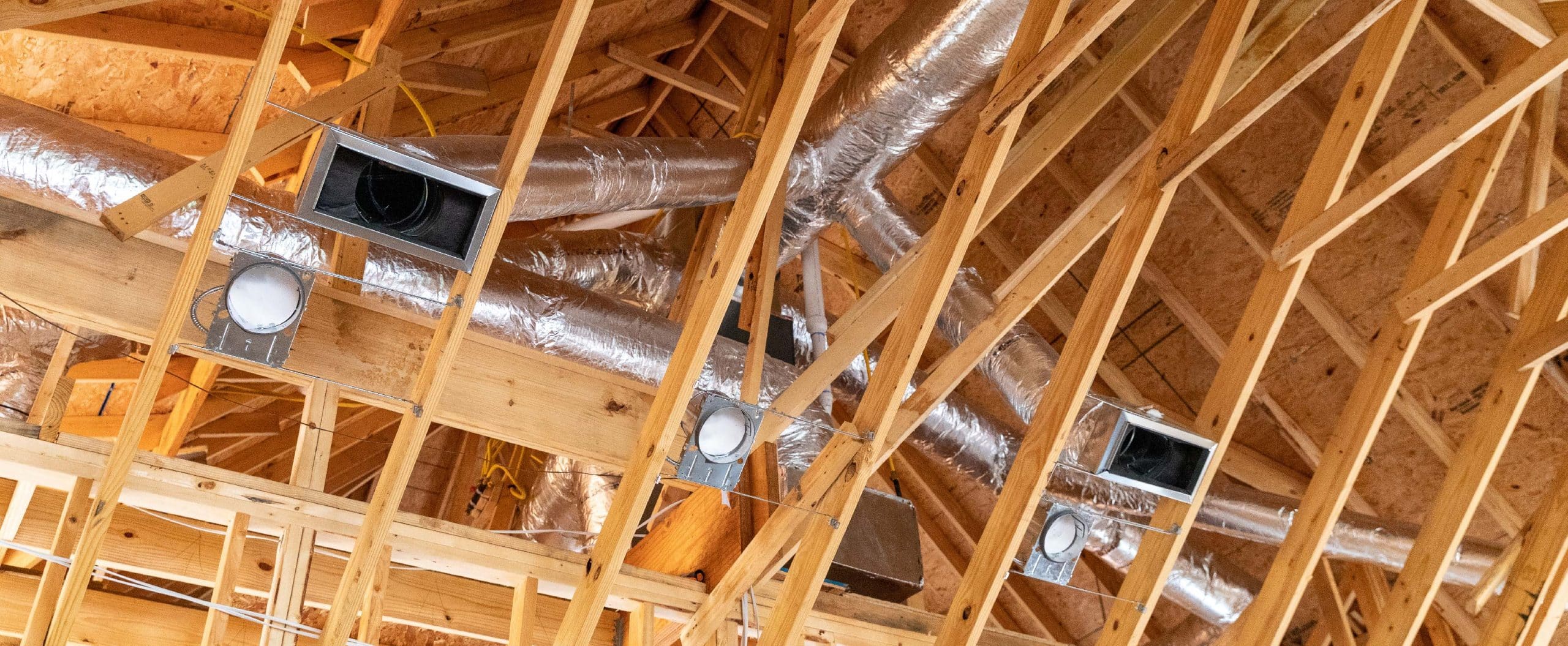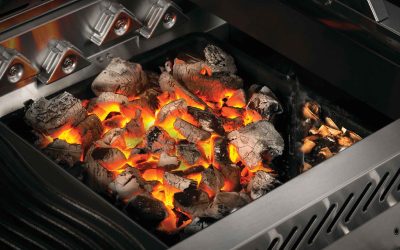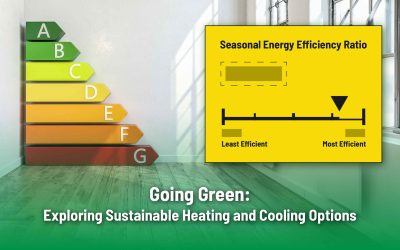Exploring new ways to heat and cool your home? Maybe you’re looking for a more efficient heating and cooling system? A high-velocity HVAC system could be right for you. Whether you’ve heard of it before or not, here’s your crash course on what a high-velocity system is, how it works, and its pros and cons.
How High-Velocity HVAC Systems Work
High-velocity systems use skinny tubes to distribute warm or cool air throughout a house. The tubing is usually 2 inches in diameter. This system uses vents to spread the air, like a traditional HVAC system, but they’re small – about 5 inches. The hot or cool air moves from a heat pump or compressor to a high-velocity air handler. The air is then pushed through your home with a lot of pressure, which helps it circulate very quickly.
Small-duct high-velocity HVAC systems can use a heat pump in many cases, while others use a combination of an air conditioner and a furnace.
High-Velocity vs. Traditional HVAC Systems
Traditional HVAC systems involve ductwork and vents to distribute heat throughout a house. A high-velocity system distributes heat through small tubes, blowing the air out of vents much smaller than a traditional HVAC system. A traditional system usually has vents that are at least 6 inches tall and around a foot wide. High-velocity systems use a higher amount of pressure to force the air around the home. This means a house gets to temperature faster than with a traditional system.
As well, high-velocity HVAC systems can use separate units for the control of temperature, unlike traditional systems that rely on just one control for the whole house. Plus, it’s easier to install a high-velocity system, as a traditional HVAC system typically requires technicians to tear out walls.
Pros and Cons of High-Velocity HVAC System
High-velocity HVAC systems are an efficient and cost-effective way to heat your home. They operate at maximum efficiency with the small tubes preventing thermal loss. There are several other advantages high-velocity HVAC systems have over a traditional HVAC system, including:
- Better climate control
- Gets rooms to temperature faster
- Uses less energy
- More cost-effective to run
- Easy to install in new home
- Easily retrofitted into existing home
However, there are some disadvantages:
- Difficult to estimate installation cost
- Noisier than traditional HVAC systems
- Hard to combine with “zoned” HVAC
- Obstacles can come up with installation
- Challenging to clean some components
Installing a High-Velocity System
The benefits mostly outweigh the cons, especially considering how discreet and flexible high-velocity systems can be. However, some of the disadvantages might turn you off completely. For example, while high-velocity systems are generally easy to install, HVAC technicians can run into problems because they don’t know what’s in a wall before they install the tubing. Obstacles encountered along the way can make for a tricky and more costly installation than expected. Additionally, the air blows at such a high pressure that it might be uncomfortable or unpleasant for some people or for pets. Still, considering the efficiency, versatility, and flexibility of high-velocity HVAC systems, they might just be worth it.
Want to know more about high-velocity HVAC systems?
Call the HVAC experts at Team Harding!
Join our community on Facebook or Instagram for HVAC tips and advice.
Harding Heating & Air Conditioning has been Ottawa’s leading home comfort specialist since 1994. We are a family-owned and operated local business and all of our installers and technicians are fully licensed.








